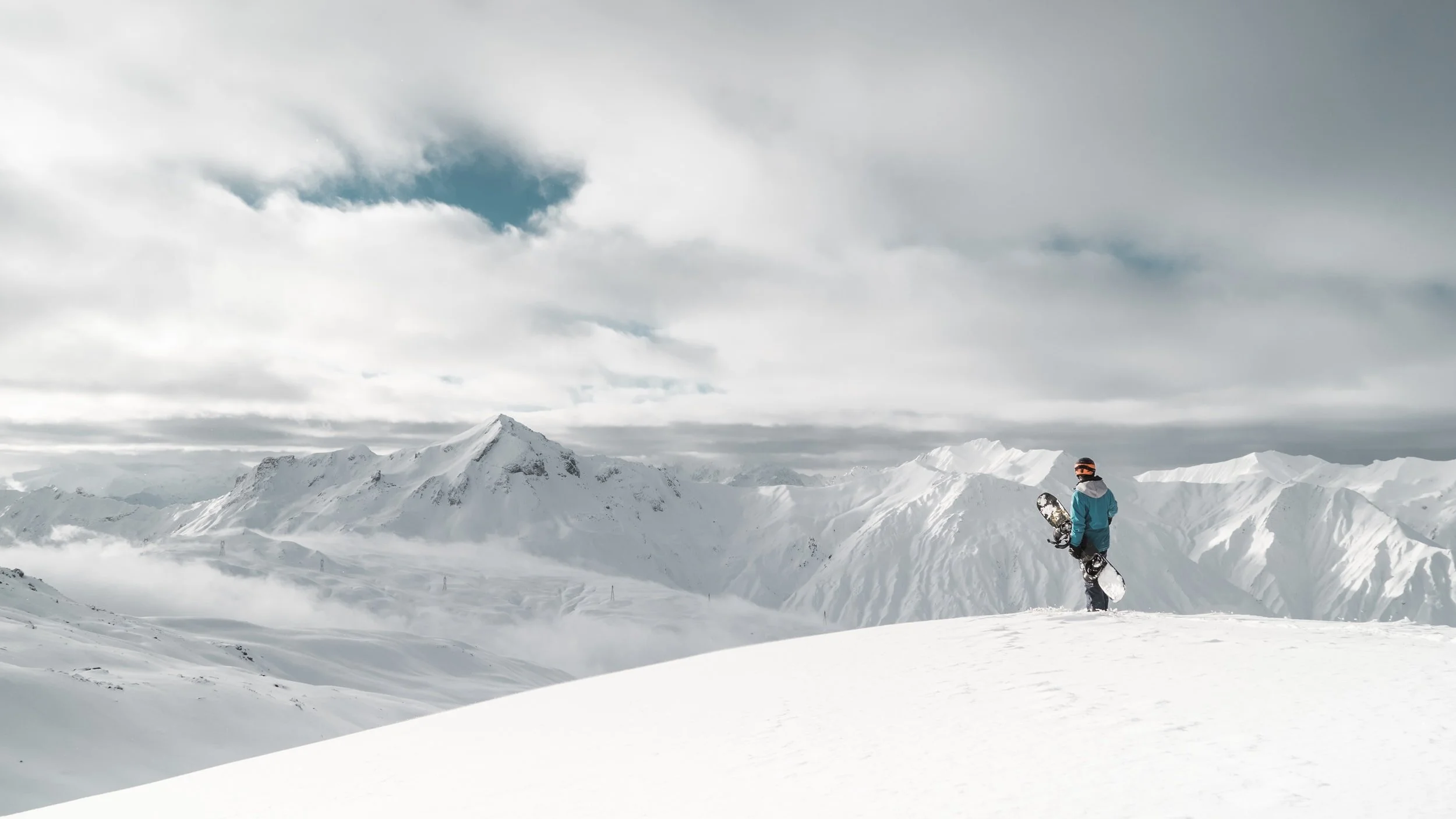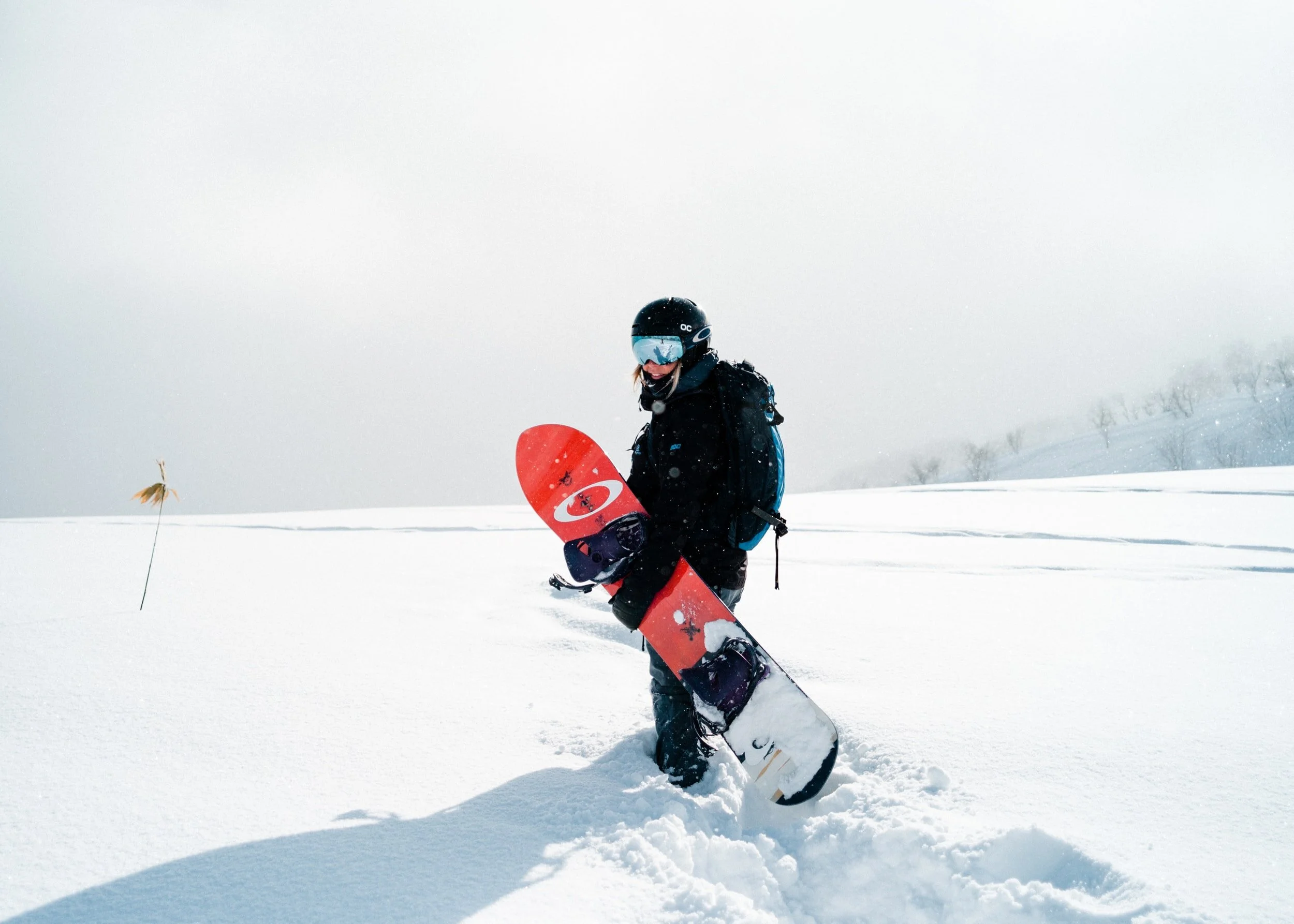Teach Yourself To Snowboard Better (And Get More Out of Your Lessons)
There are many reasons I snowboard, I expect they are similar to yours.
The freedom and adventure of heading to beautiful places. The creativity and expression that my snowboard allows, choosing where to go and how to get there. The adrenaline. The euphoria. The fear. The accomplishment. Dare I say it, the fitness.
The ability to just go snowboard and feel like each time, I get a little better.
We have all had that lesson (maybe from a friend) where we were left disheartened, feeling like we got worse, or suck at everything. This is one of the driving forces behind not taking lessons once we are through the early stages of our snowboarding lives, if we ever took them at all.
The other reason is that they can be so expensive. Who wants to spend all that money on something and not feel any benefit?
The secret to how the worlds best athletes get to where they are in their sports is self analysis.
In this article I want to share one way you can start developing this skill.
How To Get The Most Out Of Your Snowboard Lessons:
I spend close to 200 days a year riding, thinking and talking about snowboarding.
Even still, it’s hard to make real changes without a little help. We often look to train our snowboarding athletes and instructors to be better at self analysis and risk management. To have the skills to break down what they’re feeling and be able to explain it in a way that helps us work through a solution or improvement together.
The ability to not just ride, but to feel what’s happening is a key part of progressing particularly at a higher level.
This self guided learning when paired with the help of an experienced coach is an extremely powerful tool.
Lets look at a way to help you develop this skill to not only help you improve your own riding but to make sure you get the most value possible out of your next lesson.
Cause and Effect
Typically the easiest things to feel on our boards are outcomes. The loss of grip, momentum or balance. We know when it feels awkward, when we crash or have a near miss. Outcomes, or the effect of the actions we perform are are a great place to start when analysing our riding.
Through a little problem solving they can lead us to the cause we need to fix.
Lets me give you some examples how this works:
I chatter on my heel edge when on a steep slope.
Things that could cause this: stiff legs, line, turn shape, speed, edging skills.
I have ridden this slope before and not felt the board chatter, so know something has changed
It is mid morning and I have done a couple laps. I feel warmed up and still fresh.
Looking back at my turns I can see that I traveled side to side only a small amount.
All the snow has sprayed straight down hill.
The snow is very firm this morning.
Working through this in my head has helped me remember feeling like I wanted to rush to get to the new edge quickly so that I didn’t go too fast.
In this example my turn shape (or lack of it) and edging skills are causing me to chatter on my heels where I don’t have the use of my ankle to absorb some of the pressure.
The solution?
Edge the board earlier in the turn and try to carry my momentum across the hill. This will mean less pressure at the end of the turn, more time to prepare for the next turn and less chatter on my heel edge.
I butt checked that big drop.
Things that could cause this: Body position, conditions, speed, rotation.
I’ve never ridden this drop before so don’t have a frame of reference for how this one in particular should feel. However, I have successfully ridden many drops similar to this one, stomping the landings.
This drop scares me. I know I came in slow because I was shitting myself as I approached the point of commitment.
The conditions are perfect which is honestly the main reason I talked myself into trying to conquer this drop today. Having looked at it before and always used the easy outs of “snows too firm”, “I brought the wrong board”, “the sun is in my eyes”, “too tracked out”.
What I really felt, was that as soon as I got into the air I was already thinking about slowing down.
If I want to land a big drop, I know I need to land with my board straight down the mountain.
I know this, but with how much snow is in my pants, that is definitely not what just happened.
I was scared and tense.
The effect of this was that I turned to face where I was going and landed straight on my heel edge.
The solution?
Treat every landing as if I have to go straight for 2-3 meters before even thinking about slowing down. Or come back another day when I’m feeling more confident in my riding.
When working on my own riding, this is typically how my brain works. I feel something, then work through all the possibilities why it happened in the first place.
Unfortunately, this requires a solid understanding of all the skills and techniques used snowboarding, along with how they relate to how the board interacts with the snow. While learning all this is great. If you don’t plan on talking about snowboarding for a living, often just riding is a much more fun way to spend your spare time.
Developing some self analysis skills however, is one of the single best things you can do to help your next coach out.
We can’t watch you all of the time and when we do we can’t always see the little things you’re feeling. But those insights from you as a client can make a world of difference when it comes to your own progression.
So next time you’re out for riding, don’t just shrug off the little things. The mistakes or feelings that didn’t feel quite right. Have a bit of a think about what you were actually feeling and what may have caused it in the first place.
Your riding and your next coach will thank you for it!



